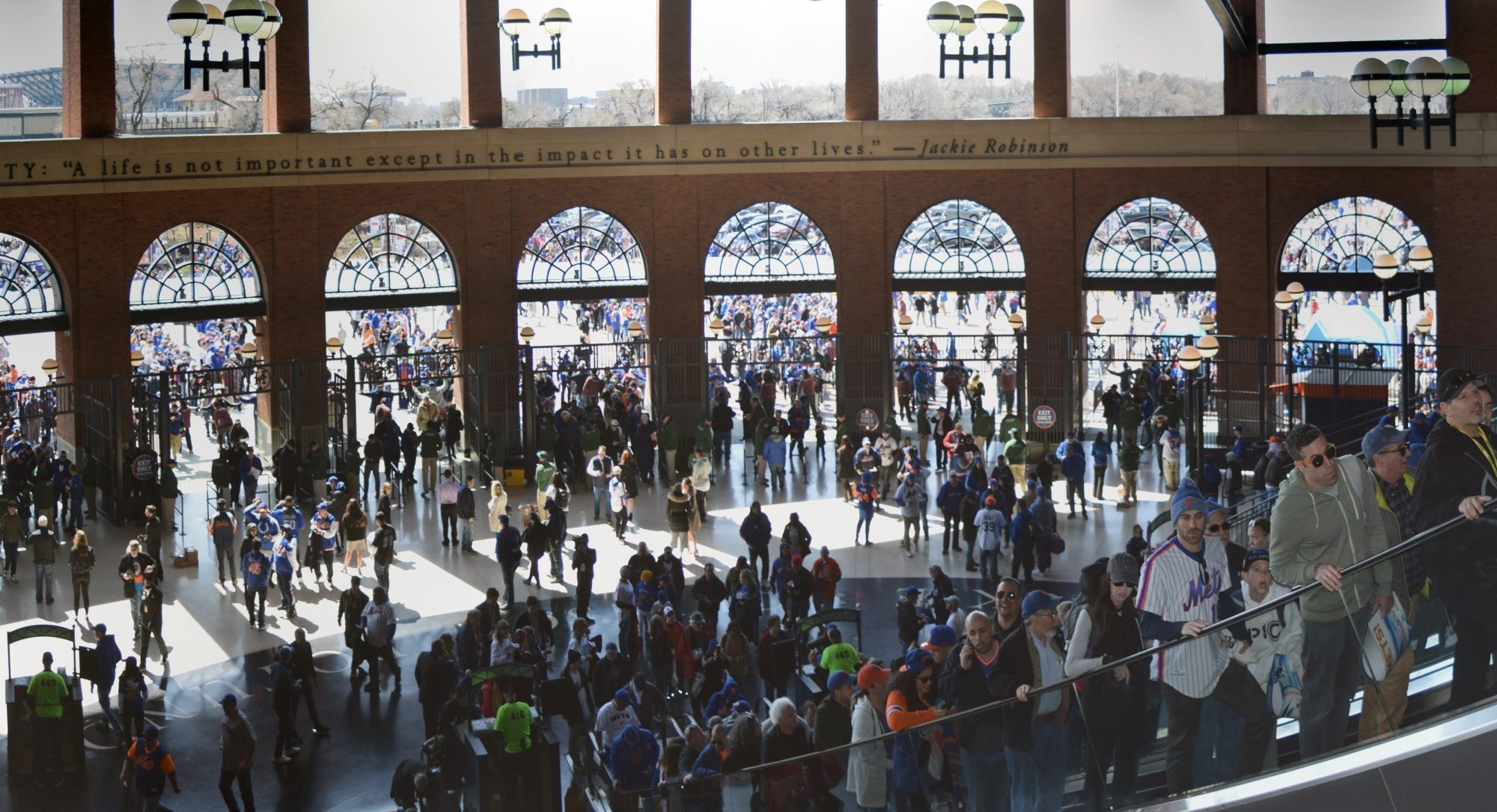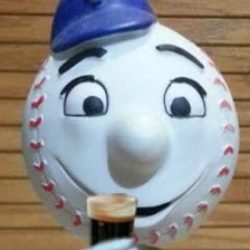I’m not trying to defend the bullpen, because they haven’t been great and have been giving a lot of close games away lately, but it I keep hearing people talk about how it’s the worst bullpen in the league and how horrible it is and that’s misrepresenting it a bit. The National League league average for bullpens is 3.85 and has been a little worse, 3.98, in June and July. The Mets are at 5.00. That’s what makes it look really bad.
These seven guys in the bullpen are not fully responsible for all those numbers. So the bullpen the Mets will have available to them tonight is not the epic failure it’s being made out to be. Manny Acosta, with 33 runs allowed, is still tops in the National League among pitchers with no starts. Now, you can’t discount those runs because clearly someone else would’ve given up some in that role, but it does seem worth nothing that the non-Acosta relievers are pitching to a 3.77 ERA. The bullpen with Manny Acosta in it was posting a 5.54 ERA. Since the last time he appeared in a game, the Mets bullpen has posted a 4.07 ERA.
That certainly isn’t record-setting bad. It’s a bullpen that will close out games when you have a good starting five and an offense that can score runs. The Mets have been struggling with consistency in those other departments lately and that’s a bigger problem than the bullpen. Another thing in the Mets bullpen’s favor is the defense. They don’t make a lot more errors than average, but the plays not made or double plays not turned can be problems as well. I’m sure we all have nightmares about some of these games where the Mets gave the opposition four or five outs to work with. Balls falling in that an average defender would catch means a higher ERA for the pitcher despite his best effort. Sometimes it’s just bad luck, as with the hit and run last night, but other times it’s a bad read or bad positioning.
Of course ERA isn’t the perfect tool for evaluating relievers so it’s probably not safe to say they’ve been only a tick worse than league average lately. They’ve allowed 33% of inherited runners to score, with or without Acosta, and that’s good for second worst in the league behind only Philadelphia. League average is 28%. Sometimes those runs apply to other relievers, but sometimes they’re hurting the starters ERA and don’t show up in my calculations above.
So while the bullpen hasn’t been great the extent to which it’s struggled has been over-stated lately. Even the average bullpen around the league is is going to give up a run roughly ever seven outs. That’s usually at least one run a game.


